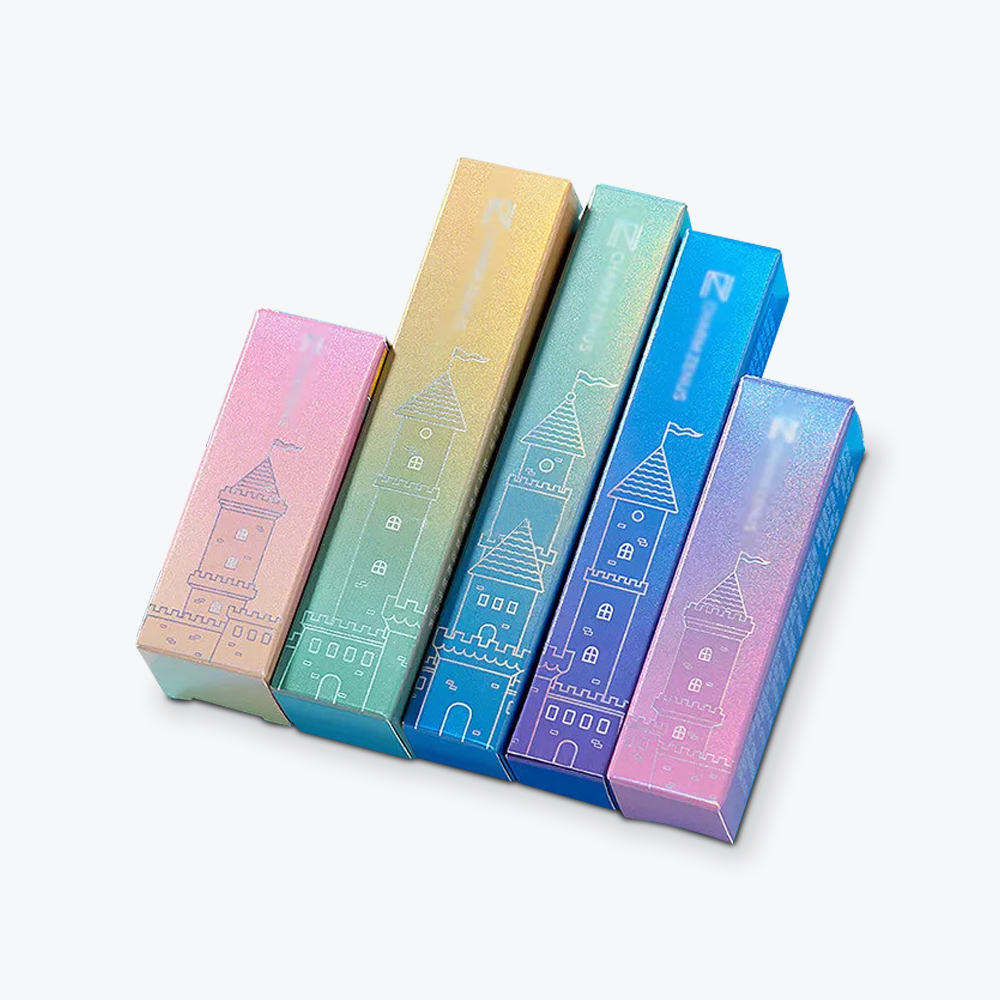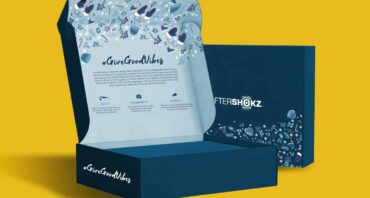With brands and customers actively seeking alternatives to plastic packaging, there’s a rising demand for paper-based options in the packaging industry. Two heavyweights in box styles vying for attention are FOL and RSC—both are durable corrugated boxes designed to withstand the rigors of shipping and handling.
In this article, we’ll unpack their flaps and folds to discover which one delivers the ultimate punch in the boxing ring of packaging solutions.
What’s in a Corrugated Box?
In 2022, International Paper reportedly sold more than 10 million short tons of corrugated packaging. That’s approximately 60% of its combined packaging sales volume for that year. The question is, what makes this material so popular for corrugated boxes?
Mordor Intelligence weighs in on this, citing sturdiness, recyclability, and sustainability among the reasons these box styles are the most commonly used materials for packaging. Corrugated boxes are made of pulp and paper, which are much more recyclable compared to plastic packaging.
Before we start the FOL vs. RSC showdown, let’s learn about the different parts of a corrugated box.
- Panel. The outer layers, also called liners, provide structure and form.
- Corrugated medium. The wavy layer between the liners gives the box flexibility and strength.
- Flutes. The parallel ridges of the corrugated medium cushions items during rough handling.
- Joint. The edges of the box where the panels are connected using staples, wire stitches, or adhesives.
- Slots and score lines. Indentations, creases, and cuts in the cardboard facilitate ease of folding and assembly.
- Flaps. The extended portions of the corrugated board can be folded and taped closed.
Armed with this knowledge, let the FOL vs. RSC faceoff begin.

An Overview of FOL Boxes
FOL stands for full overlap boxes. Their overlapping flaps provide a sealed lid for your cargo and add an extra layer of protection. FOL boxes are excellent for fragile goods, heavy loads, or high-value items that need additional security.
Peeking Inside RSC Boxes
RSC stands for regular slotted carton or regular slotted container. It is the most common box style and has many applications, including storing, shipping, and moving lightweight to heavy-duty items. RSC boxes have four major panels at the top and bottom. Each panel, or flap, is the same length, and the two outer flaps meet in the middle when closed.
Tale of the Tape: FOL vs. RSC
Now that we’ve met the contenders in this showdown, here’s a side-by-side comparison of their features.
|
Feature
|
Full Overlap Containers (FOL)
|
Regular slotted containers (RSC)
|
|
Box Structure
|
Four flaps at the top and bottom meet and fully overlap when folded.
|
The flaps at the top and bottom meet in the middle without overlapping.
|
|
Assembly
|
It requires more time to fold and assemble.
|
Quick and easy to assemble.
|
|
Strength
|
The overlapping flaps provide additional layers of protection.
|
Only one layer of protection from the closed flaps.
|
|
Material Efficiency
|
Uses more materials.
|
Uses fewer materials.
|
|
Shipping Efficiency
|
It may take up more space when shipped flat.
|
More space-efficient when shipped flat.
|
|
Common Usage
|
Suitable for heavier or fragile items.
|
Versatile, but less effective for fragile items.
|
|
Cost
|
Generally more expensive compared to RSC boxes.
|
A more economical choice
|
|
Closure Method
|
Needs less tape to cover its gaps.
|
Requires more tape to seal the gaps of the flaps.
|
Consider the following factors to determine whether to use FOL or RSC:
- FOL is better when goods must endure rough handling.
- RSC is better if your packaging process needs to be fast and simple.
- FOL is better if you’re conscious about using tape or other adhesives.
- RSC is better if cost is a significant factor in your operations.
- RSC is better if your storage capabilities are limited.
Specific features of FOL and RSC boxes can vary depending on the manufacturer’s industry standards. Consult custom packaging professionals like Refine Packaging for more information on various packaging choices for your brand.
Which One Reigns in the Sustainability Ring
With heightened awareness of sustainability issues, companies now prefer paper-based materials for their packaging needs. Boasting a high treatment rate of 96.5%, corrugated cardboard boxes significantly contribute to the field of recycled paper and packaging and are slowly replacing flexible bags.

In the sustainability arena, both FOL and RSC can be crafted from recyclable and reusable materials. But by using fewer materials, RSC appears to be the more eco-friendly choice. However, there’s more to sustainability than the amount of materials used. The sustainability showdown between the two most commonly used box styles unveils the following pros and cons.
RSC boxes are:
- More material-efficient and contribute to reduced material usage.
- Quick to assemble, requiring lower labor costs.
- Space-efficient when shipped flat, cutting down transportation costs.
- Not as sturdy as FOL boxes, limiting their reusability.
- Sealant-hungry, requiring more tape to close the gaps.
FOL boxes are:
- Able to reduce the need for product replacements thanks to its additional layers of protection, ultimately leading to less waste.
- Cost-efficient as they require less tape and interior protection, such as packing peanuts or foam.
- More complex to manufacture and may require more materials, labor, and energy.
Consider the following factors when determining the environmental impact of using FOL or RSC:
- RSC is better if material efficiency is a significant factor in your sustainability goals.
- FOL is better if you want to reduce wastage in the packaging process.
- RSC is better if you’re looking to minimize the environmental impact in your shipping practices.
- FOL is better if recyclability and reusability are necessary for your product packaging.
- RSC is more sustainable in sourcing its raw materials and its disposal.
Other Corrugated Box Options
Take note of the other common carton abbreviations you might encounter in your search for the best packaging option.
- HSC – Half Slotted Carton. It’s a single-piece carton similar to an RSC box, but it’s missing one set of box flaps that leaves the top wide open.
- OSC – Overlap Slotted Carton. It’s similar to an FOL box but with a shorter side flap length. The outer flaps still overlap to cover those pesky gaps.
- CSSC – Center Special Slotted Container. The inner and outer flaps are cut to different lengths and meet at the center. It has a highly efficient design with double the corrugated board thickness on the top and bottom.
- ALB – Auto-Lock Bottom Container or 1-2-3 Bottom. The four flaps forming the flat bottom are die-cut to easily snap together. It’s not recommended for heavy loads.
Other corrugated box types include telescoping boxes, folders, die-cut boxes, and wraparound blanks.

Choosing the Right Box for Your Package
Selecting the right packaging box style requires careful thought. If your product is heavy, prone to rough handling, and gets stacked on the side during shipping, the FOL box might be your knockout choice. On the other hand, if your goods are sturdy and not vulnerable to damage, regular slotted container boxes are reliable enough to endure rough handling.
Still uncertain about the ideal match for your products? Other corrugated box styles might suit your needs. For those seeking a unique, made-to-measure solution, Refine Packaging can craft custom boxes tailored to your needs.
































.svg)
Share